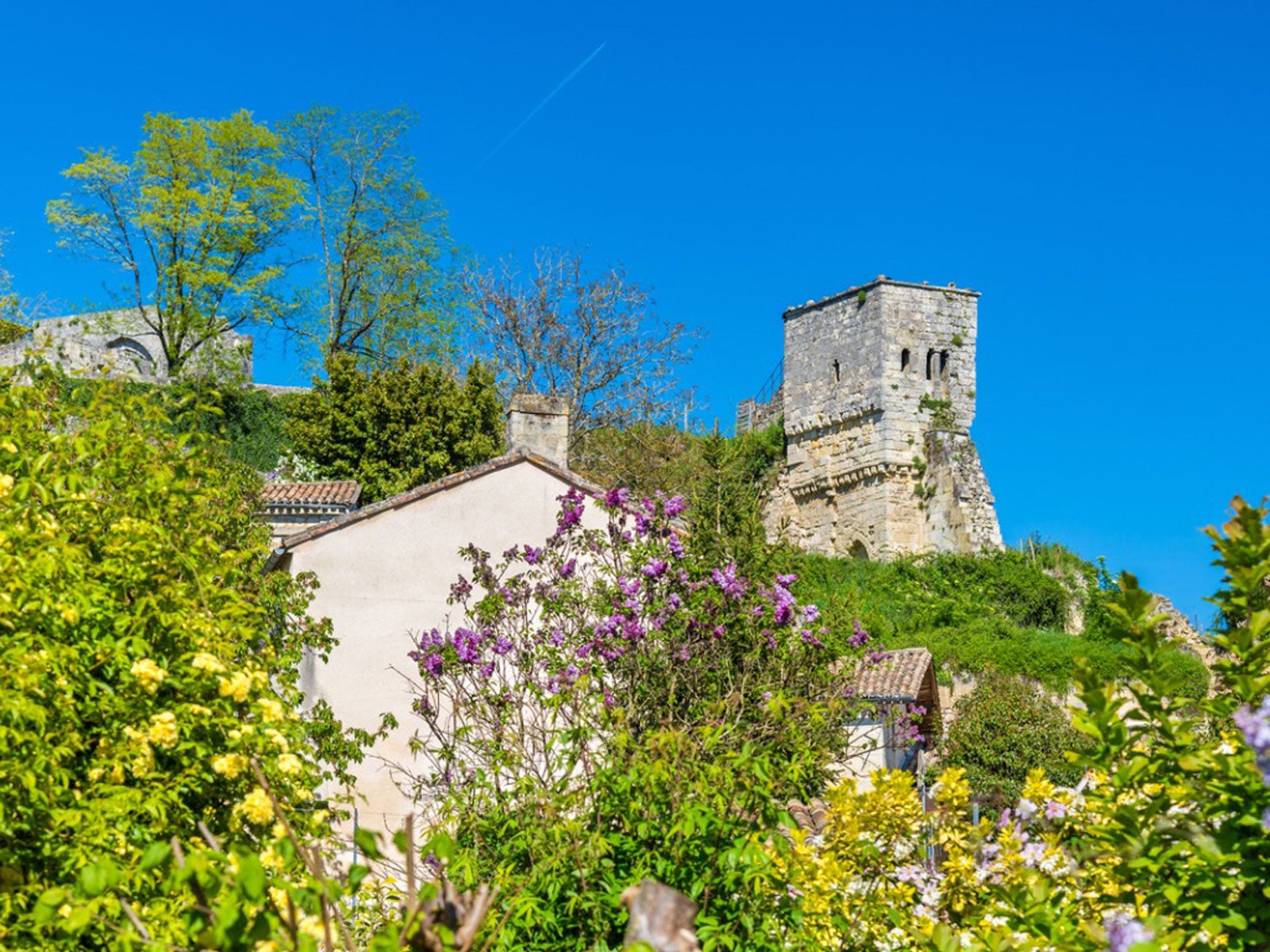Medieval Garden Design – Growing Medieval Garden Flowers And Plants


Medieval life is often portrayed as a fantasy world of fairytale castles, princesses, and handsome knights on white horses. In reality, life was harsh, and famine was a constant worry, even for the wealthy upper class. It’s true that gardens provided beauty and respite during dark times, but more importantly, gardens were basic necessities for survival. Even peasants with nothing but a tiny patch of land grew food to sustain them for the coming months.
If you’re wondering how to create a medieval garden and what medieval garden plants should be included, the following tips may help.
Medieval Garden Design
If you’re interested in medieval garden design, keep in mind that you can portray an idea without being completely authentic. Usually, it’s best to keep things simple. Most medieval gardens were enclosed by walls or fences constructed of supple wood from willows, witch hazel, forsythia, plums, or sweet chestnut. If a fence doesn’t fit into your garden plan, even a sturdy trellis evokes images of medieval garden design.
Gardens were divided into distinct sections, such as one for edible plants, one for medicinal plants, and one for ornamental plants. Your medieval garden could be divided by stone or gravel pathways.
Royal families often enjoyed walled, park-like gardens with rows of trees, fountains, or pools filled with carp or other fish. Gardens were frequently populated with wildlife of all types including deer, rabbits, blackbirds, goldfinches, pheasants, and partridges. Topiaries were a popular feature of royal gardens.
Gardens of the upper classes nearly always had turf benches for relaxation and chatting. The benches were often planted with fragrant herbs such as chamomile or creeping thyme, which released a fragrant aroma when crushed by a royal rear end. Benches were often attached to arbors or trellises.
Medieval Garden Plants
In medieval garden design, many plants had more than one function and there was less distinction between plants. For instance, flowers could be ornamental, culinary, and medicinal for either mind or body.
Gardening tips, videos, info and more delivered right to your inbox!
Sign up for the Gardening Know How newsletter today and receive a free copy of our e-book "How to Grow Delicious Tomatoes".
Fruits, vegetables, and nuts were staples in medieval gardens, and most are still grown in modern gardens. Medieval gardens contained many of the same herbs we use today, but some are less familiar to most modern gardeners, such as:
- Cotton thistle
- Carline thistle
- Avens
- Birthwort
- Orris
- Cupid’s dart
- Samphire
- Lady’s bedstraw
- Agrimony
- Chaste tree
- Ragged robin
- Bear’s foot
- Skirret
- Orpine
Medieval Garden Flowers and Ornamental Plants
Most medieval garden flowers are the same colorful, easy-to-grow plants found in our modern gardens, such as:

A Credentialed Garden Writer, Mary H. Dyer was with Gardening Know How in the very beginning, publishing articles as early as 2007.